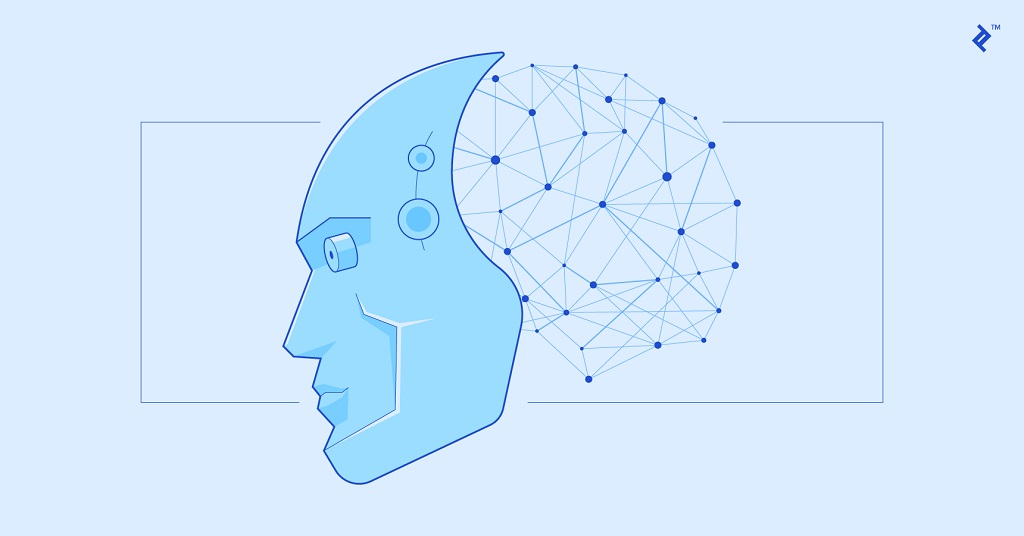Machine learning (ML) has become ubiquitous, powering everything from the recommendations you see on your favorite streaming service to the spam filter protecting your inbox. But for many, the world of ML feels shrouded in mystery, a realm accessible only to coding wizards and data scientists. However, the tide is turning. There’s a growing movement to make ML more approachable and user-friendly, empowering everyday individuals to harness its power.
This article explores the current challenges hindering accessibility and delves into various initiatives paving the way for a more inclusive ML landscape.
Why is Machine Learning Intimidating?
Several factors contribute to the perception of ML as an esoteric field:
- Technical Jargon: ML terminology can be daunting for those unfamiliar with technical concepts. Words like “algorithms,” “neural networks,” and “deep learning” often act as barriers to entry.
- Coding Requirements: Traditional approaches to ML often require programming skills, further alienating those without a coding background.
- Data & Infrastructure Needs: Training ML models can require vast amounts of data and significant computing power, resources not readily available to the average user.
Breaking Down the Barriers: Strategies for Democratizing ML
Fortunately, exciting advancements are making ML more accessible:
- Low-Code/No-Code Platforms: These platforms provide user-friendly interfaces that allow individuals to build and train ML models without writing a single line of code. Drag-and-drop functionalities and pre-built templates simplify the process.
- Cloud-Based Solutions: Cloud providers offer access to powerful computing resources and pre-trained models, eliminating the need for expensive hardware and software investments for individual users.
- Visualizations and Explainable AI (XAI): Data is being presented in more intuitive ways, with visualizations that help users understand how ML models arrive at their decisions. XAI initiatives are making ML models more transparent, and building trust and user confidence.
- Focus on User-Centric Design: There’s a growing emphasis on designing ML tools with the user in mind. Intuitive interfaces, interactive tutorials, and clear documentation are making it easier for beginners to navigate the world of ML.
Learning by Doing: Hands-On Approaches to ML
One of the most effective ways to learn is by doing. Here are some hands-on approaches to demystify ML:
- Online Courses and Tutorials: Many online platforms offer beginner-friendly courses and tutorials on ML. These resources often combine interactive elements with real-world examples, making learning engaging and practical.
- Open Source Projects: Contributing to open-source ML projects provides valuable experience in using existing codebases and understanding the practical applications of ML. Many online communities offer support and guidance for newcomers.
- Machine Learning Challenges and Competitions: Participating in online ML challenges is a fun and engaging way to test your skills and apply your newfound knowledge to solve real-world problems. Many platforms offer beginner-friendly challenges with clear instructions and datasets.
Benefits of Democratizing Machine Learning
Making ML accessible goes beyond individual empowerment. Here are some broader benefits:
- Innovation and Problem-solving: A wider pool of individuals with ML expertise can contribute to solving problems across various fields, leading to innovative solutions in healthcare, finance, and environmental science.
- Diversity of Thought and Approaches: Increased accessibility fosters inclusivity, bringing diverse perspectives and ideas to the table, leading to more robust and effective ML models.
- Transparency and Accountability: A more informed public can engage in conversations about the ethical implications of ML, ensuring its responsible development and deployment.

The Future of User-Friendly Machine Learning
The future of ML is collaborative and accessible. We can expect advancements in:
- Natural Language Processing (NLP): Allowing users to interact with ML models through natural language, further reducing the need for coding expertise.
- Automated Feature Engineering: Automating the process of preparing data for ML models, makes it easier for users to focus on the problem they want to solve.
- Federated Learning: Distributing training data across multiple devices while preserving privacy, reducing reliance on centralized data storage.
Related: Unlocking the Power of Machine Learning for Instagram Marketing
Conclusion: A More Inclusive Future Awaits
The democratization of ML represents a significant shift in the field. By breaking down barriers and fostering a “learning by doing” approach, we can empower individuals to harness the power of ML and contribute to its positive impact on our world. As user-friendly tools and resources continue to evolve, we can expect a future where ML is no longer a domain reserved for the elite, but rather a tool accessible to all. So, embrace the learning journey, explore the exciting world of ML, and discover how you can leverage this powerful technology to make a difference.

